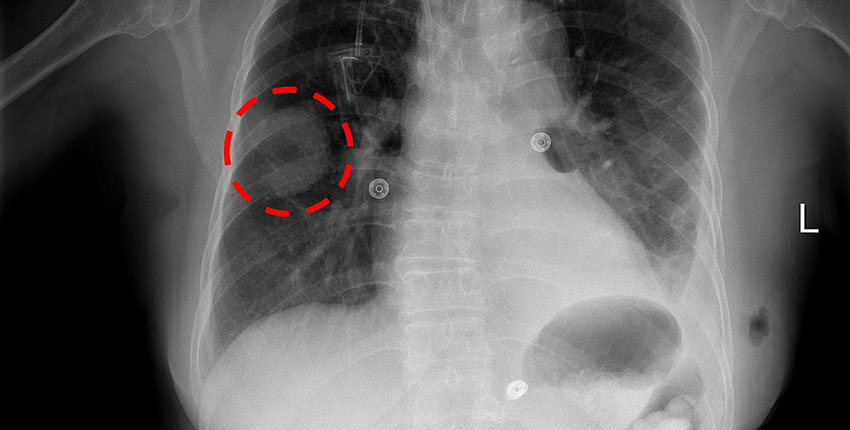A recent study conducted by Harvard Medical School, in collaboration with MIT and Stanford, delves into the complex relationship between artificial intelligence (AI) and human radiologists in the field of medical imaging interpretation.
Understanding AI’s impact on radiologists
The latest research, published in Nature Medicine, presents a nuanced picture of the effects of AI assistance on radiologists’ performance. Contrary to expectations, the study finds that AI’s influence is not uniform; while some in the field experience improvements, others encounter challenges.
The study emphasizes the necessity of tailored integration of AI tools into clinical practice. Lead author Pranav Rajpurkar, affiliated with HMS, stresses the importance of understanding individual clinician differences to optimize AI-clinician collaboration. This tailored approach ensures that AI enhances, rather than impedes, human performance.
Examining factors such as specialty area, years of practice, and prior experience with AI tools, the research delves into how these variables influence the interaction between radiologists and AI assistants. Analyzing data from 140 radiologists across 15 X-ray diagnostic tasks, the study reveals a diverse response to AI assistance.
AI’s influence on radiologists’ diagnostic accuracy
While some radiologists experience performance enhancements, others face deterioration, highlighting the complexity of the human-machine dynamic in medical imaging interpretation.
Factors like years of experience and specialization did not consistently predict the impact of AI on radiologists’ performance. Surprisingly, lower-performing radiologists did not uniformly benefit from AI assistance, indicating a nuanced relationship between individual characteristics and the effectiveness of AI tools.
The study highlights the unpredictable nature of AI’s influence on human radiologists’ performance. While more accurate AI tools enhanced diagnostic accuracy, inferior ones diminished it, emphasizing the significance of rigorous testing and validation before clinical deployment.
Future implications for AI in clinical practice
The findings of this research have significant implications for the integration of AI into clinical settings. While acknowledging the complexity of machine-human interaction, the study calls for collaboration between AI developers and physicians to identify and address factors influencing the effectiveness of AI tools.
Moving forward, it is imperative to train radiologists to discern inaccurate AI predictions and question diagnostic decisions made by AI systems. Additionally, AI developers are urged to design models capable of explaining their decisions, thus facilitating transparency and trust in AI-assisted diagnoses.
Maximizing AI benefits in healthcare
The study underscores the need for tailored approaches in the integration of AI tools into medical practice. By understanding the diverse factors shaping the interaction between human clinicians and AI assistants, healthcare providers can harness the potential of AI to enhance diagnostic accuracy and ultimately improve patient care.
As the field of medical AI continues to evolve, collaborative efforts between clinicians, researchers, and AI developers will be crucial in realizing the full benefits of AI technology while mitigating potential drawbacks. With careful calibration and continuous refinement, AI holds the promise of revolutionizing medical imaging interpretation and transforming the landscape of healthcare delivery.




